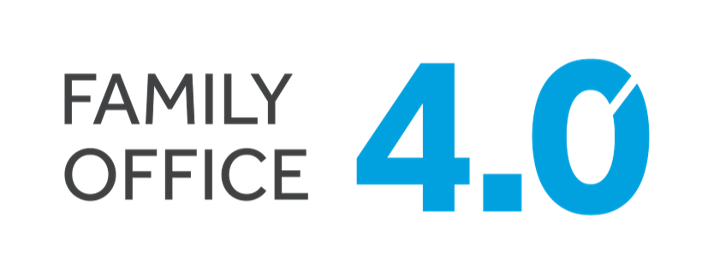If you have seen one family office, you have only seen one.
Like individuals, each household has a personality of its own, internal dynamics, and personal and financial goals. These are reflected in the culture and working of the family office’s structure, management style, investment strategy, and risk appetite. There can be no one-size-fits-all solution to family office processes. Personalization is the key. While this may seem daunting, there are ways to simplify the process.
Personalize it to best serve your family.
• Tag your investments
• Chart your assets
• Integrate investment accounting and reporting.
This generates a comprehensive view of assets, liquidity, and positions by sector, advisor, strategy, asset class, and more – to take control of your wealth.
Getting the Books in Order
The fundamentals of accounting don’t change, even if the reporting requirements differ. Start by getting the basics right with a chart of accounts (COA) to reduce the complexity associated with personalization.
A dynamic and robust COA is the backbone of a great accounting system. A COA is the index of all ledgers maintained by an entity according to Generally Accepted Accounting Principles (GAAP).
(Read about things to consider when building a COA here.)
Building-in Personalization
The next step is to recognize that investment accounting and investment reporting are two different functions. Accountants think in terms of journal entries and ledger balances. Family principals and their advisors, on the other hand, are more concerned with investment performance.
Family offices need information the way they want to see it, not how the accountant sees it. An accountant may rightly consider fixed-income securities for asset allocation. If the securities are earmarked for charity, however, they will not be available for investment. Correctly tagging investments – by asset class, sector, liquidity status, and advisor – can help achieve reporting personalization.
However, the default tags may not be enough. The tagging system needs to offer flexibility and re-tagging, which helps generate tailored performance reports that meet the family office’s needs.
(Read more about investment tagging here.)
Achieving comprehensiveness
Taking a comprehensive view of their financial data helps families take back control of their wealth. Families can understand where their assets are, liquidity issues, or over-investment in a sector or asset class.
In the haste to personalize, the big mistake family offices make is to use various reporting and accounting tools for different assets. The result is added chaos and complexity.
The most efficient Family Office platforms integrate investment accounting and reporting. Such integration allows for hyper-personalized reporting with a clear distinction between the accounting view and reporting view across all asset classes.
Speak to us and learn how AV can help you personalize to best serve your family.





